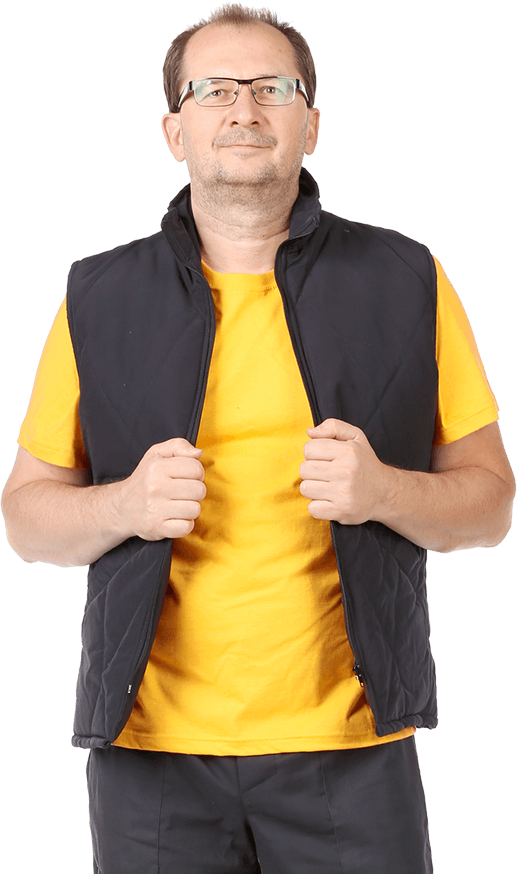
It is always important to put safety first when it comes to mold removal. If necessary safeguards are not taken, mold can pose major health hazards. At FDP Mold Remediation, we know how crucial it is to keep our customers and technicians safe when doing mold removal. We will explore the field of personal protective equipment (PPE) for mold removal in this thorough guide, emphasizing the necessary tools for a successful and secure mold remediation procedure.
When dealing with mold, wearing the right personal protective equipment (PPE) is vital to minimize exposure to airborne spores and prevent health risks. Proper gear ensures safety by reducing inhalation, skin contact, and eye irritation caused by mold and its byproducts. From respirators and gloves to protective clothing and eyewear, each piece of PPE plays a crucial role in safeguarding those involved in mold removal. Understanding the different types of protective equipment and their functions helps ensure a safe and effective remediation process.
First and foremost, disposable gloves are used by our mold specialists to enter the confinement area. Because they act as a barrier between the skin and possibly dangerous mold spores, these gloves are an imperative necessity. For the best protection, it's important to select gloves that fit well and are composed of latex or nitrile.

Our crew wears disposable hair covers in addition to gloves to stop any dandruff or loose hair from getting into the mold-infested region. During the cleanup process, hair coverings guarantee that no foreign particles enter the environment.
Furthermore, to reduce the possibility of cross-contamination, our professionals don disposable shoe covers. These covers assist in maintaining the integrity of the containment area in addition to preventing mold spores from attaching themselves to our technicians' footwear.
Our team of mold remediation experts use Tyvek suits. Mold spores can't get through because these clothes protect the whole body. The strong material used to make Tyvek suits stops mold from growing, which keeps our staff safe and free of mold.
Safety masks are very important for our professionals to wear during the mold removal process to protect their eyes from mold spores and other debris that may be stirred up in the air. When getting rid of mold, you must wear safety glasses.
The air-purifying respirator, which is also known as a face mask, is an important piece of personal safety equipment (PPE) in our gearbox. These masks have high-efficiency particulate air (HEPA) filters that trap tiny mold particles and keep our team from taking them in. Wearing an air-purifying respirator is an important part of our safety process.
Knowledge, in our opinion at FDP Mold Remediation, is power. That's why we make sure all of our experts have received extensive training on how to use PPE properly. It is essential to know how to properly put on and take off protective clothing in order to avoid unintentional mold exposure. We make investments in ongoing education to be current with the newest tools and safety procedures.
We take great care in maintaining and inspecting our personal protective equipment. Our technicians make sure that all protective equipment is in top shape by routinely checking it for any indications of wear and tear. A clean PPE, in our opinion, is essential to safely removing mold.
The people who work for you should put safety first and have the skills and understanding to get rid of mold in your home or business. You can trust FDP Mold Treatment to remove mold because we have been in the business for more than 20 years. Our unwavering commitment to quality and safety is clear in the mold-free spaces we give our clients.
Call FDP Mold Remediation if you need help getting rid of mold. Our staff has access to the most advanced dehumidifiers and air scrubbers, among other mold-removal tools, to make sure that your home is mold-free and ready to live in.
When removing mold, PPE is a must because it keeps people from breathing in mold spores and touching possibly harmful substances on their skin. It is an important defense against health problems with the lungs and skin.
An N95 mask protects the lungs by filtering out airborne particles, such as mold spores. During mold removal, it's very important to keep people from breathing in dangerous chemicals.
Wear nitrile, latex, or rubber gloves that are for one-time use only. Make sure you get a size that fits snugly so that water or mold doesn't get in. Before each use, check for tears or other damage.
Quickly replace any PPE that is broken or soiled. Also, respirators that make it hard to breathe should be changed. Check your gloves often for signs of wear and tear.
Of course. Place shades or safety glasses over your eyes to protect them from mold spores, dirt, or cleaning products.



